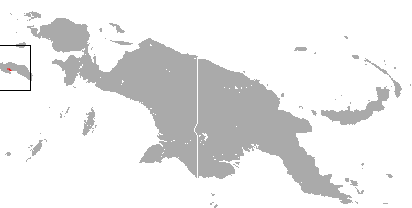Facts About Seram bandicoot
The Seram bandicoot, also known as the Seram Island long-nosed bandicoot, is a unique species endemic to Seram Island in Indonesia. It belongs to the monotypic genus Rhynchomeles. This fascinating creature was first identified by Oldfield Thomas and named in honor of the Pratt brothers, who collected the initial specimens. The species was officially described in 1920 based on seven specimens from Seram Island, which remain the only known records of its existence.
Regrettably, the Seram bandicoot is classified as endangered on the IUCN Red List. Its limited distribution and scarcity of comprehensive data exacerbate its vulnerable status. The primary threats to its survival include habitat loss due to deforestation at lower altitudes and predation or competition from feral animals such as pigs and dogs.
The original specimens were collected from the tropical upper montane forests within Manusela National Park, with one specimen found at an elevation of 1,800 meters above sea level. Although extensive surveying has not been conducted in the surrounding areas, there is some speculation that the Seram bandicoot might also inhabit the nearby island of Buru. Conservation efforts are crucial to protect this rare and little-known species from further decline.

 Malaysia
Malaysia